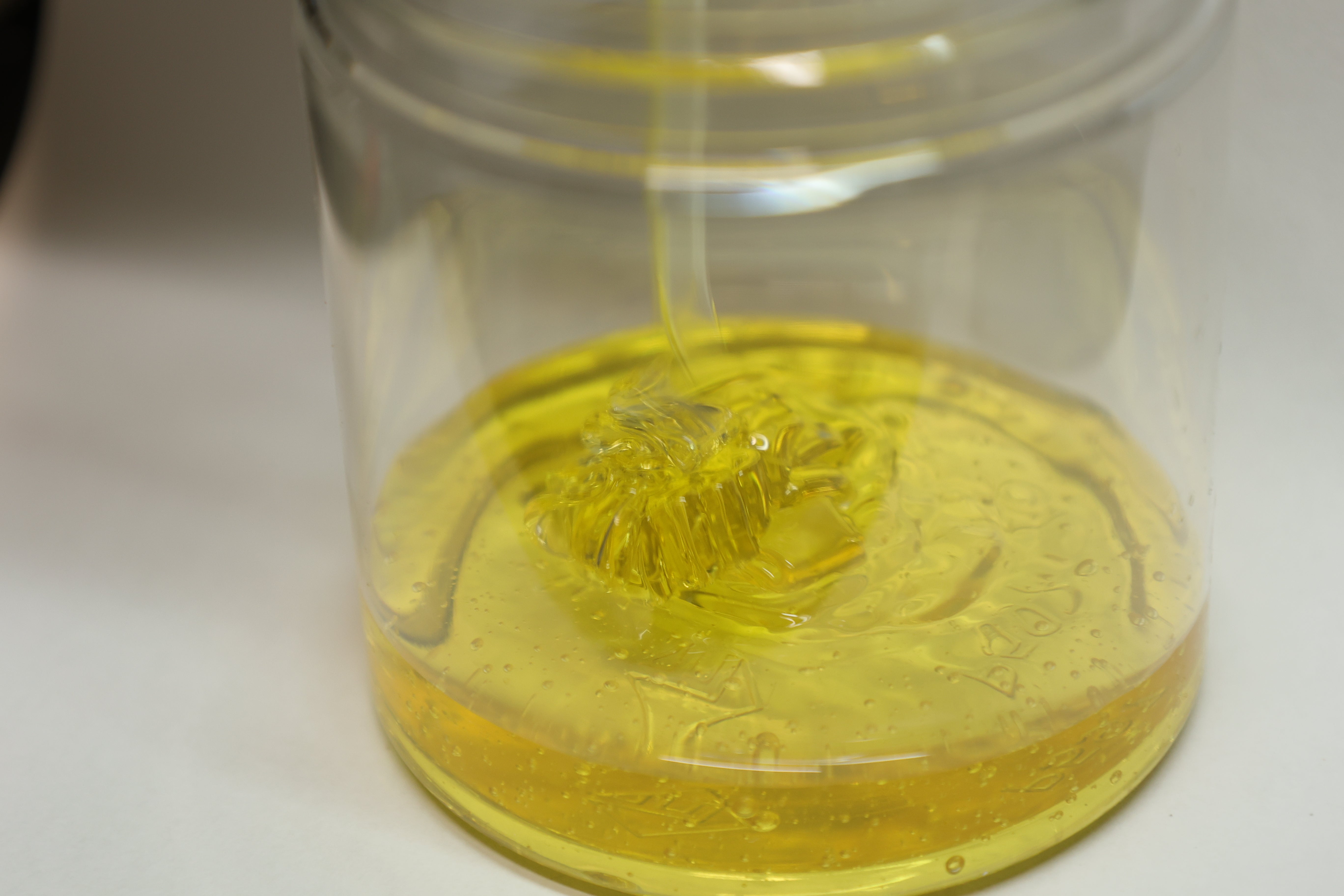Applying Microcement at Low Temperatures

Share
- Bathroom
- Flooring
- Home Decor
- Kitchen
- Microcement
- Microcement Application
- Microcement Floor
- Minimalist
The application of Microcement is a technical process, that requires knowledge and skill. However, when the ideal circumstances are not guaranteed, such as temperature, it can affect the quality and durability of the finish regardless of the skill of the person applying it.
However, it is not impossible to achieve a proper application of Microcement, even without the ideal temperature.
So how is Microcement applied at low temperatures, and what advice do we have to achieve an ideal finish?
The Ideal Temperature Range
What is the ideal temperature to apply Microcement? Generally, between 15°C and 25°C. When the temperature exceeds this range, special precautions need to be taken.
What issues can arise when applying Microcement at a low temperature?
1.Slower Curing Time
When applying Microcement at temperatures below 15°C, the curing of the material slows down significantly. The extended curing time could affect the strength and durability of the final finish.
2.Increased Risk of Cracking
As low temperatures can cause the water to freeze, the water in the microcement mix can have some ice crystals forming. This can lead to serious structural issues, which can contribute to the material curing improperly and cracking later.
3.Adhesion Problems
If the temperature is below the ideal range for Microcement application, it can affect the adhesion of the base coat to the substrate, which can lead to delamination.
4.Condensation Issues:
The high humidity, combined with low temperatures can lead to condensation on the substrate and moisture on the surface, which could prevent proper bonding of the material.
What precautions do we recommend before applying Microcement in low temperatures?
Indoor Applications
When working on indoor applications, the space should be adequately heated to maintain a temperature above 15°C
for the entire application and curing process. Depending on the space, heaters can help achieve the necessary conditions.
Heated Substrates
If possible, it’s a good idea to pre-warm the substrate and help prevent the issues that could arise from cold surfaces. This can be done using heating mats or blankets designed for construction use.
Extended Curing Time
It’s better to wait longer and avoid rushing the process, allow enough time for each layer to be completely dry before applying the next one.
Use of Additives
Certain additives can be mixed with Microcement to help the application process by accelerating the curing time and improving adhesion.
Protective Measures
If possible, Microcement should be protected from cold drafts and sudden temperature changes. This can be done by using temporary enclosures or tarps, which can help maintain a stable environment.
Conclusion
Ideally, Microcement should be applied between 15°C and 25°C, but if the temperature falls lower than this range, precautions should be taken to ensure it won’t the affect quality of the application. Regulating the temperature with the appropriate heating methods and allowing enough time for curing is key to achieving optimal results.
Be sure to check the technical details of the microcement with the supplier.
If you have not worked with Microcement before, book our beginner course to learn a new in-demand skill!
If you have some experience but want to take your knowledge to the next level, try our advanced course!
